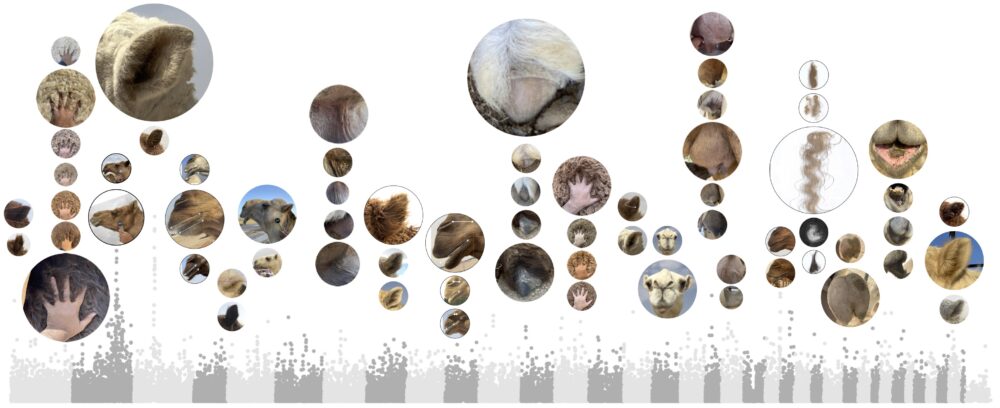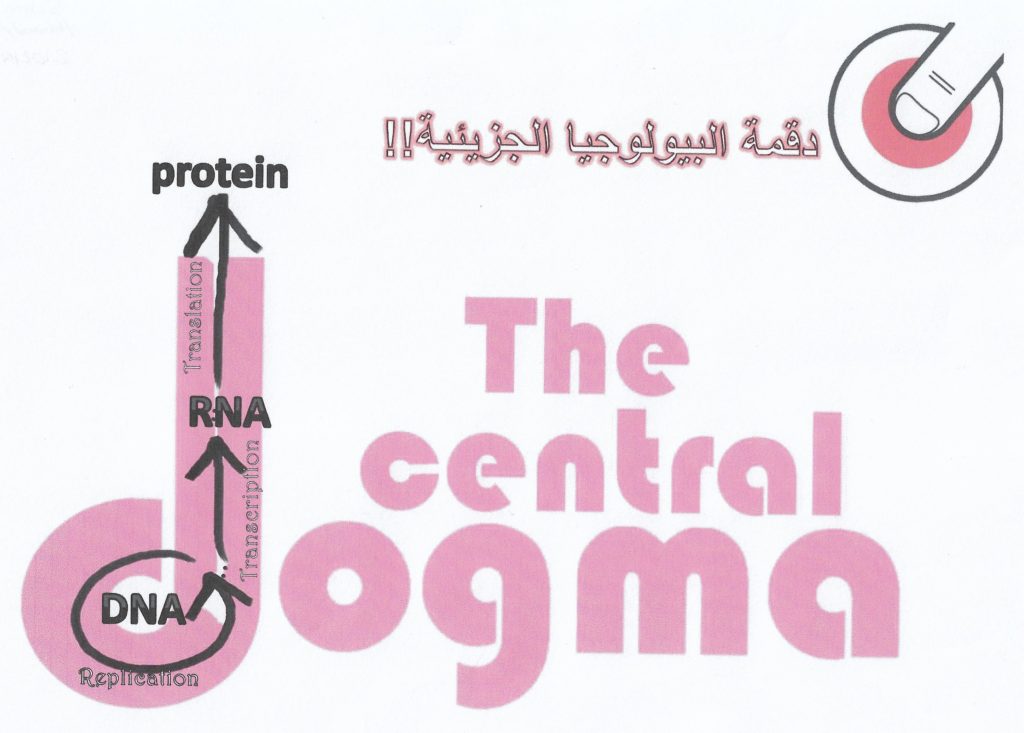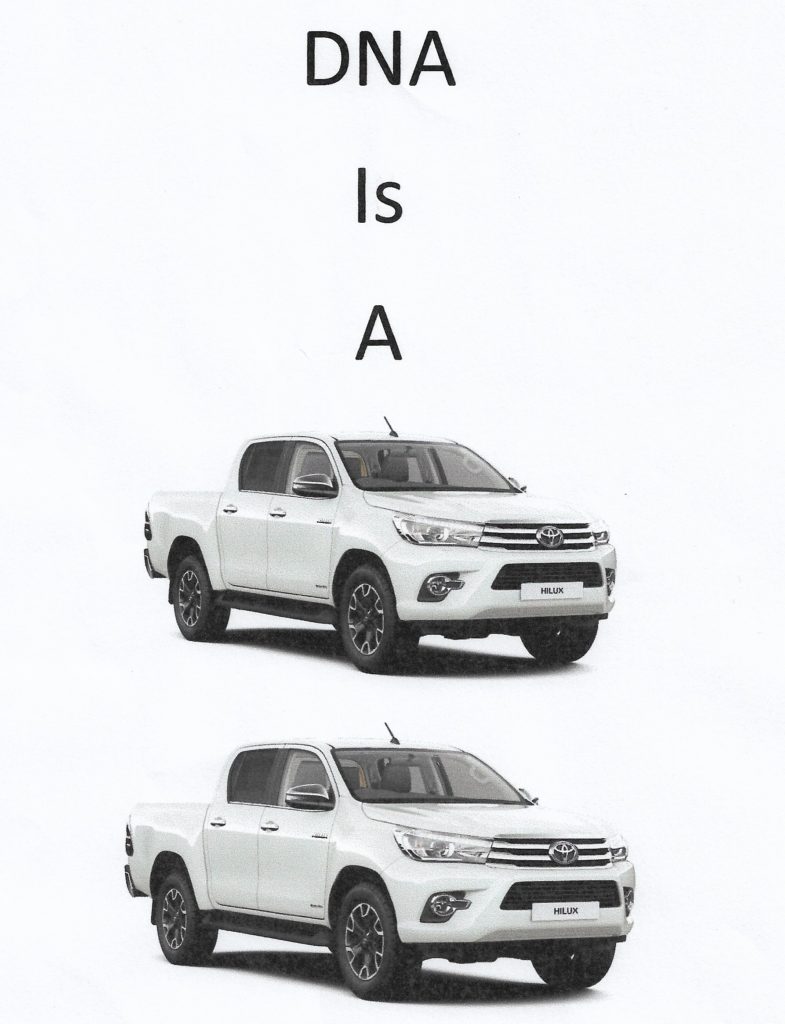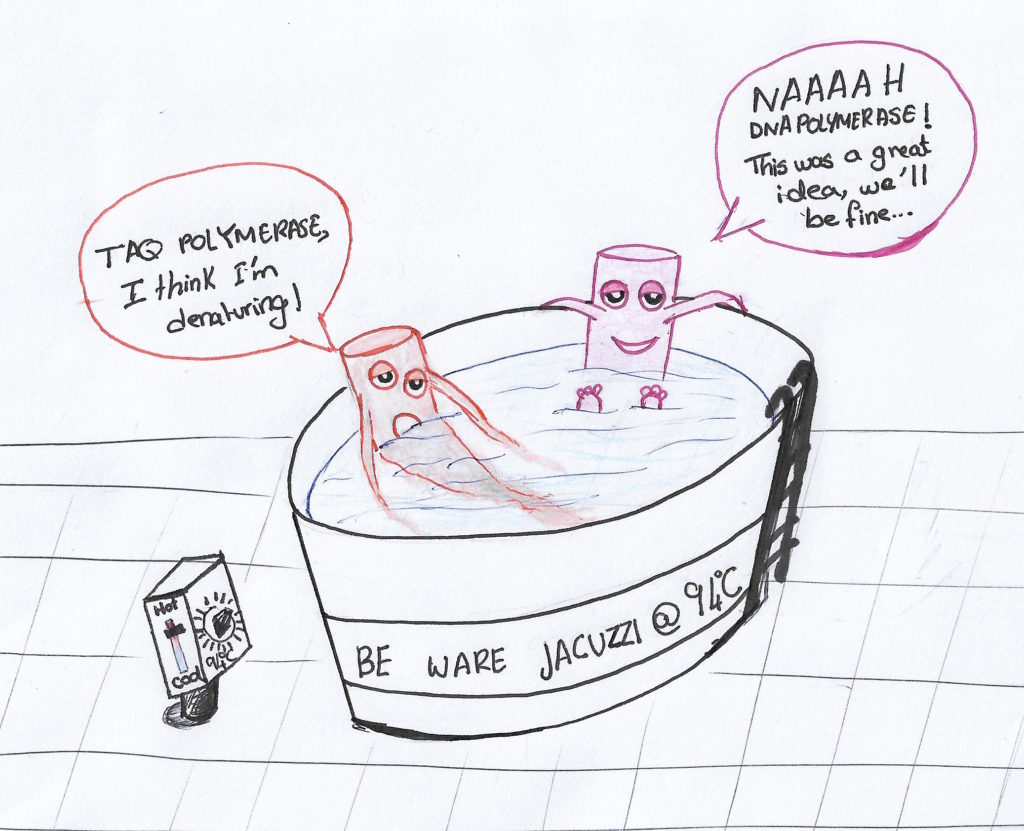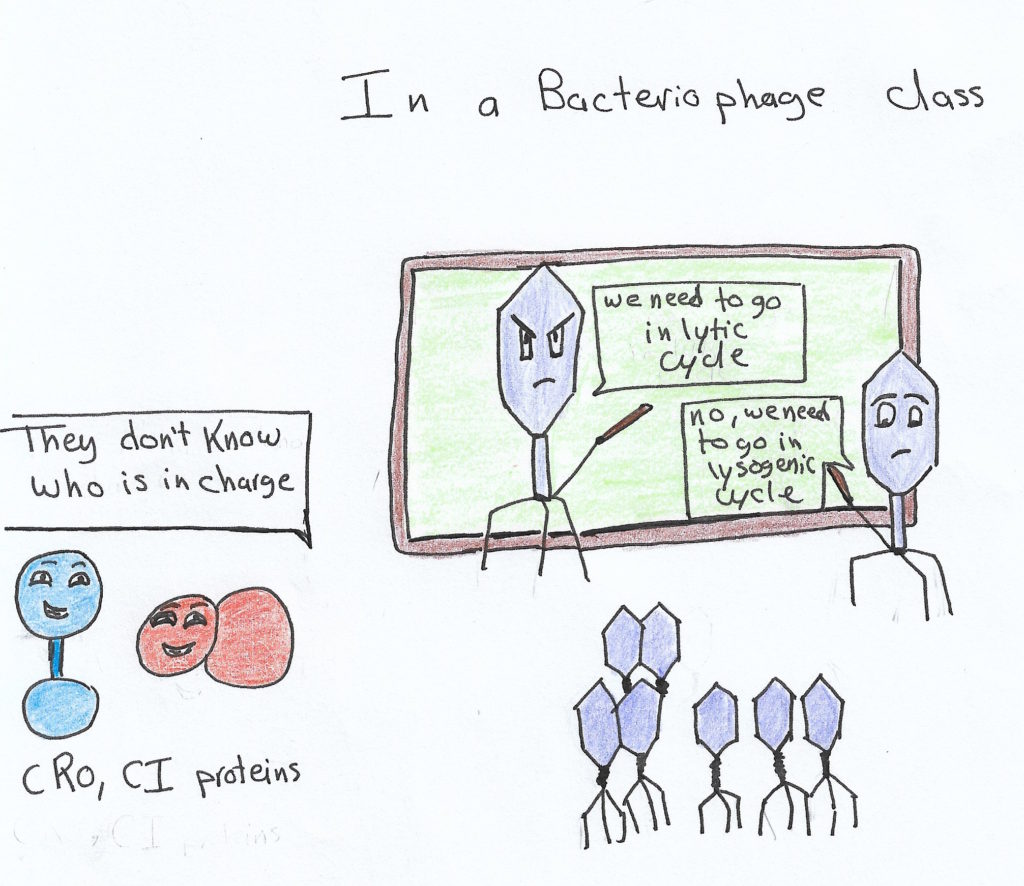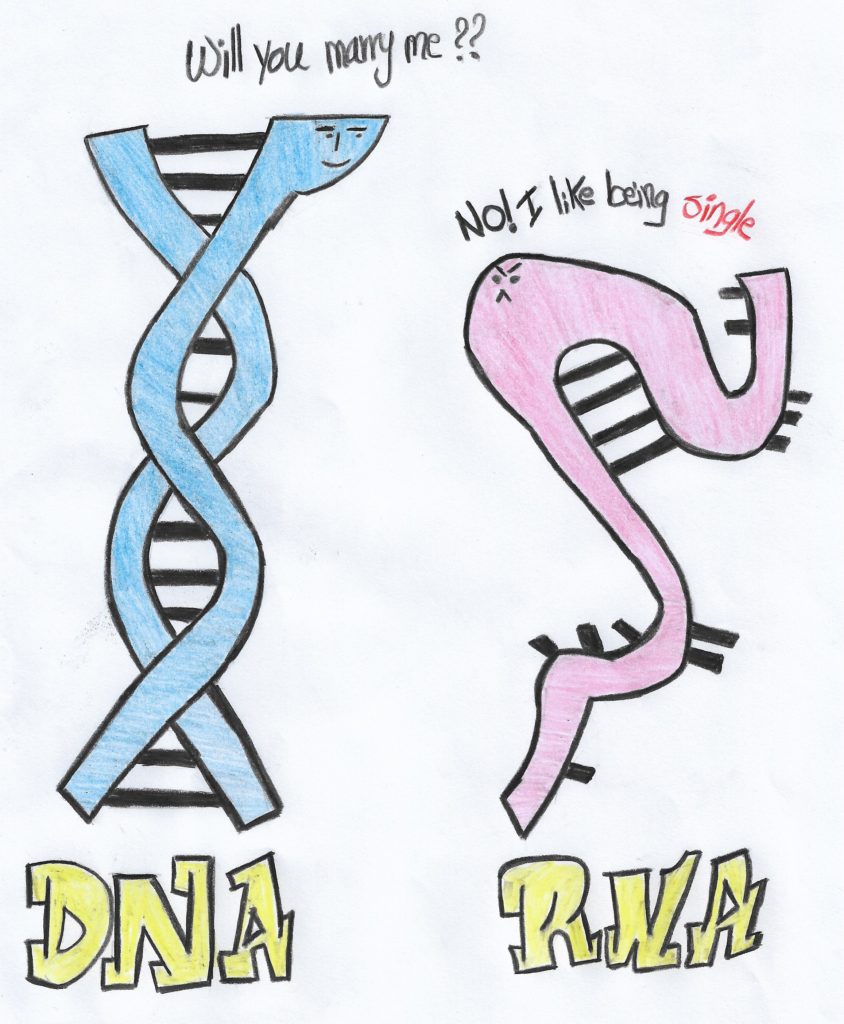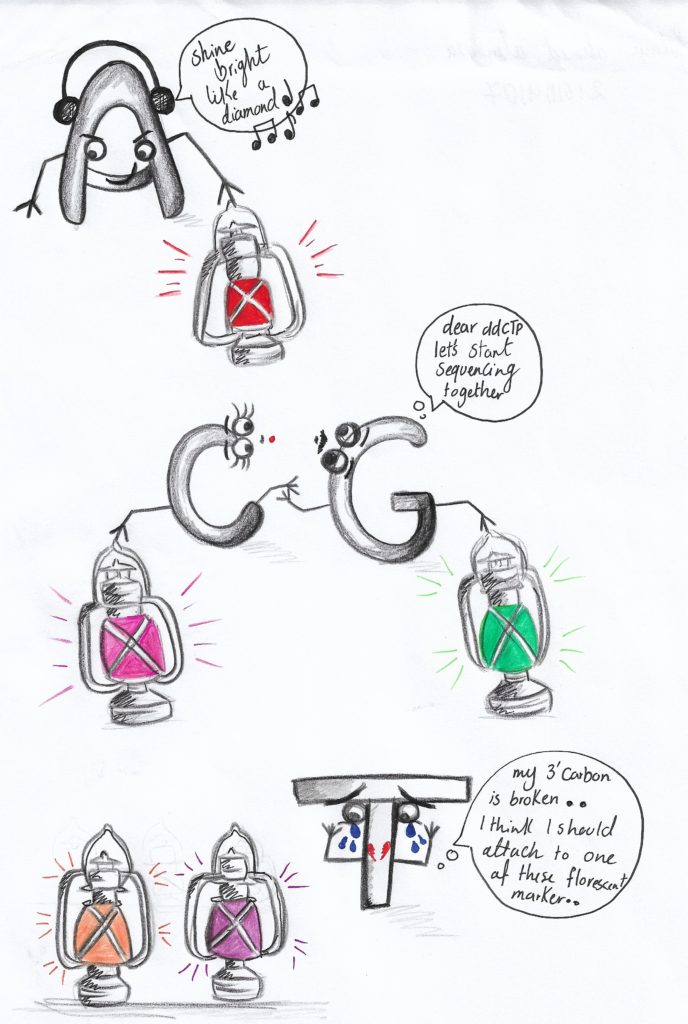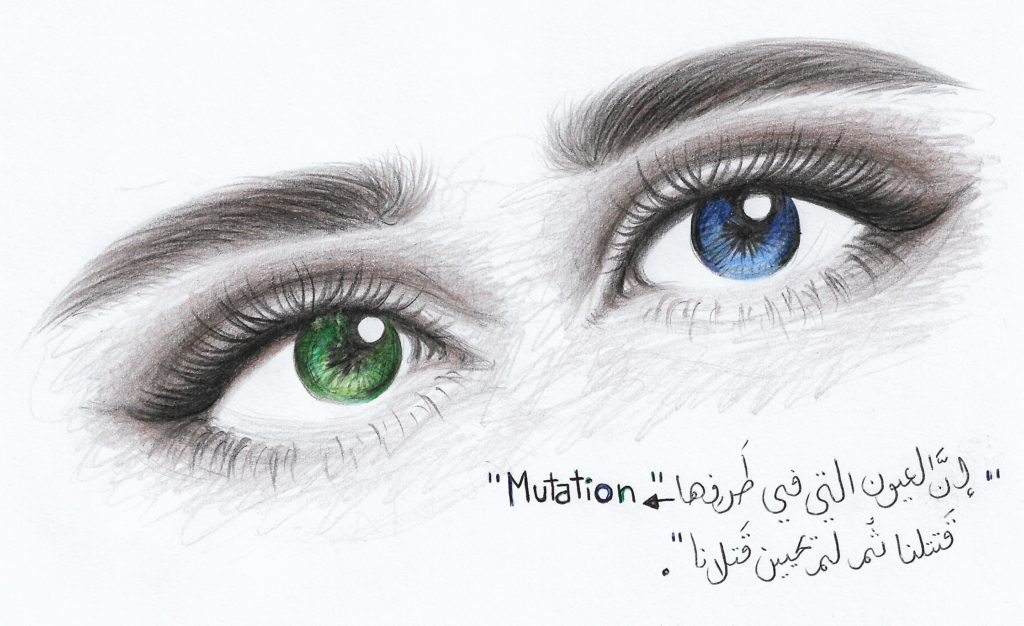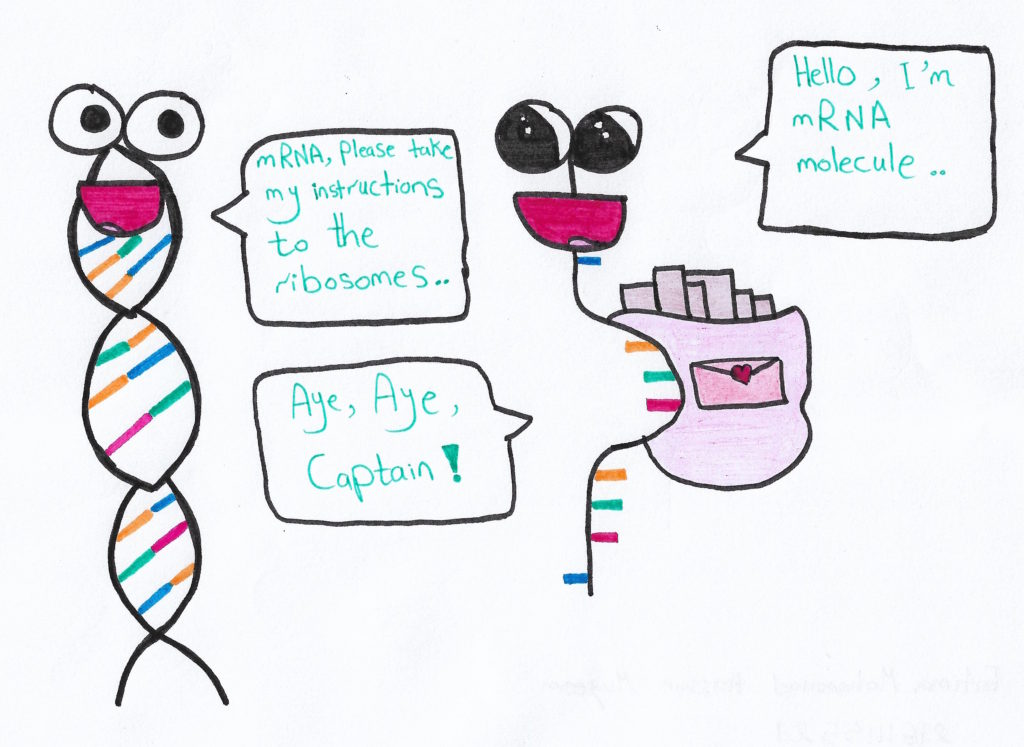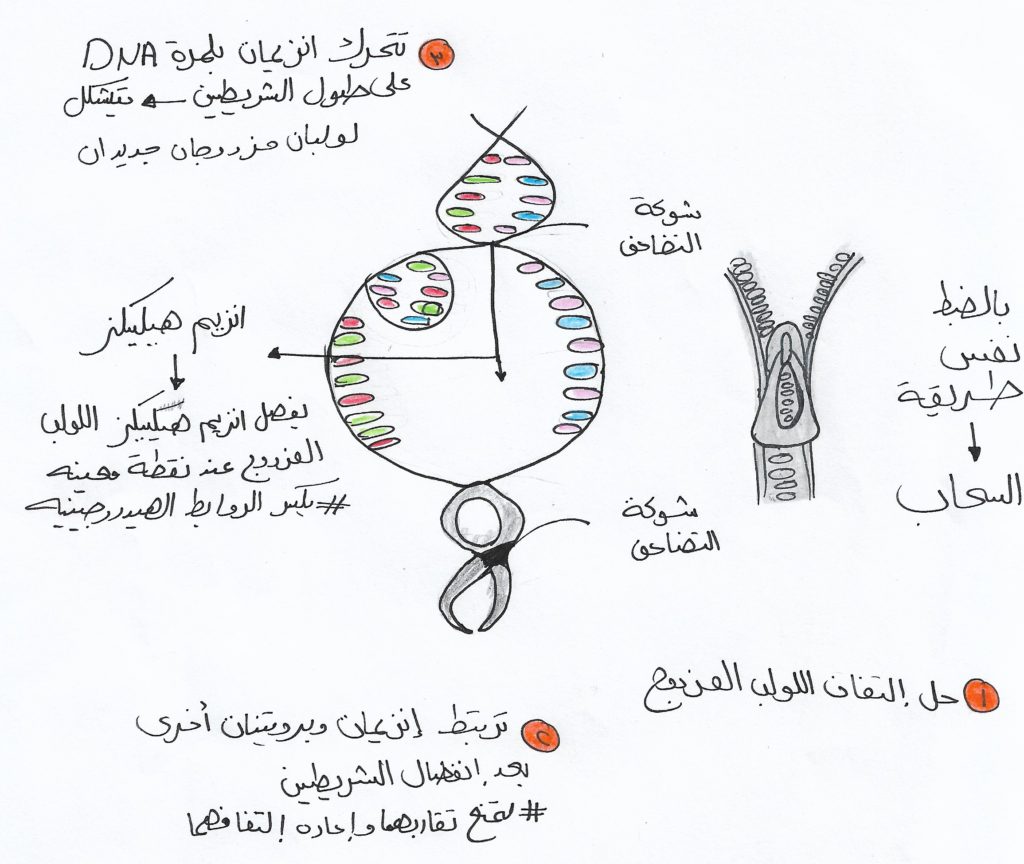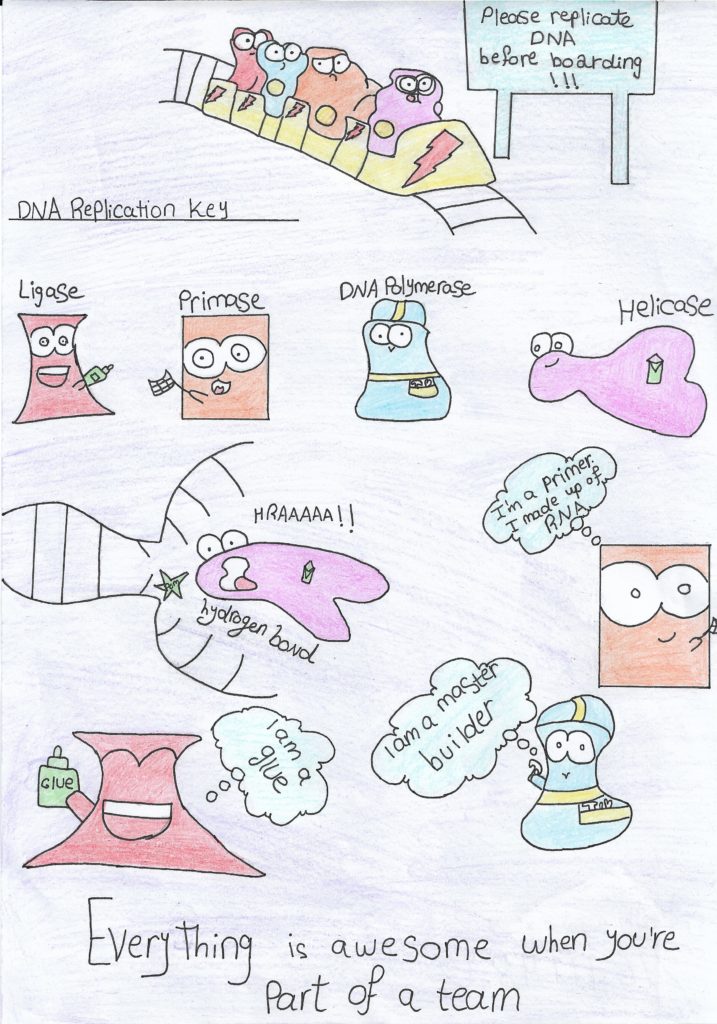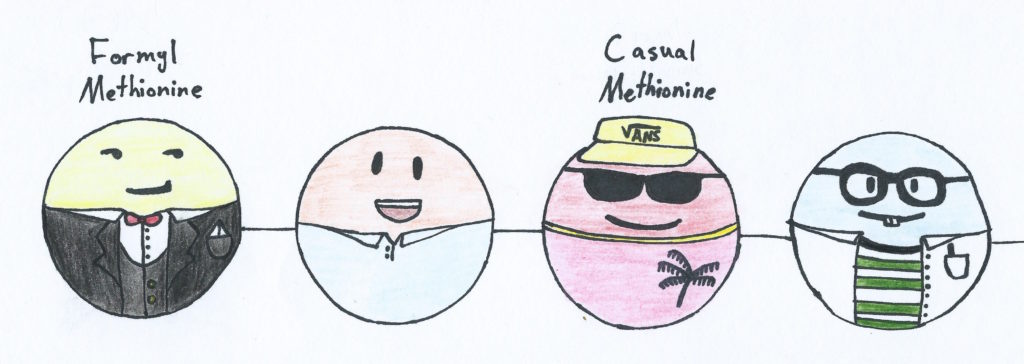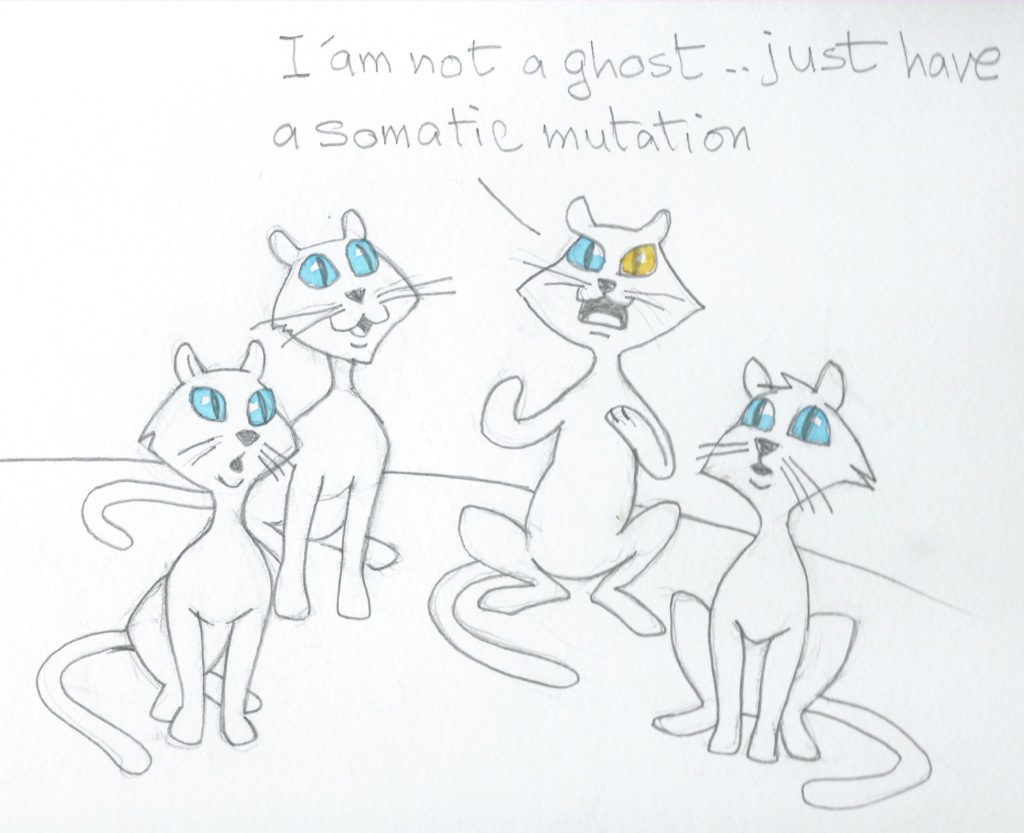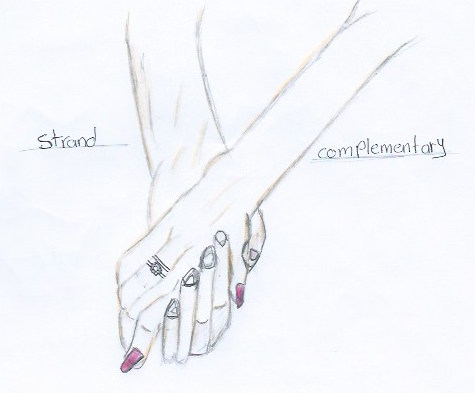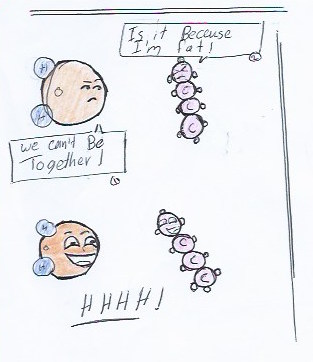The following is a nice thoughtful story by the outstanding student, Zahraa Hasan.
I have been told at high school that the genome of one person can reach the moon and back to earth and I want to see if that is true.
To find if the genome can reach the moon, I must first calculate the length of the genome in one cell then multiply it by the number of cells in a human body. Then I must divide that number by 3.84 x 105 km (the distance between the Earth and the moon in km).
Given:
- Human haploid cells contain 3 billion base-pairs (3×109 bp).
- Humans are diploid organisms.
- A diploid human cell contains 6 billion base-pairs (6×109 bp).
- The distance between the basepairs in a B-DNA (the one that is found in a human body) is 0.34 nm (0.34×10-9 m).
- The estimated number of cells in a human body is 37.2 trillion cells (37.2×1012 cells).
- The distance between the earth and the moon is only 3.84 x 105 km
Length of DNA in 1 haploid cell: (3×109 bp)*( 0.34×10-9 m) = 1.02 m
Length of DNA in 1 diploid cell: (6×109 bp)*( 0.34×10-9 m) = 2.04 m
Length of DNA in all human diploid cells:
(2.04×10-3 km/diploid cell)*(37.2x 1012 diploid cells) = 7.59×1010 km
or
(6×10^9 bp)*(0.34nm/bp)*(37.2×1012 cell/human body) = 7.59×1010 km
Going to moon: (7.59×1010) ÷ (3.84×105) ≈ 197,656 times
Going to the moon and coming back: 197,656/2 ≈ 98,828 times
It means that the genome of one person can go to the moon and come back to earth 98,828 times!!!
